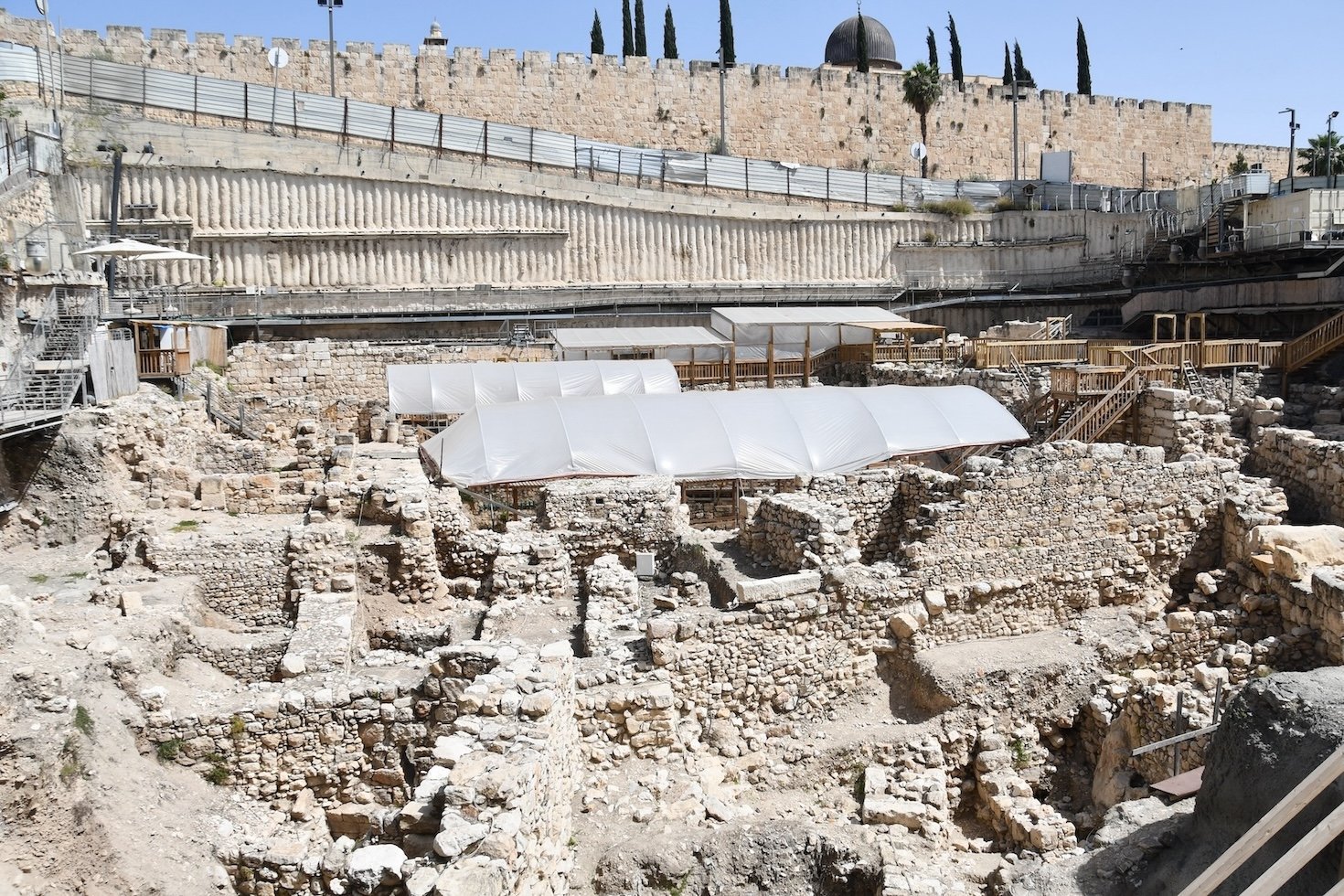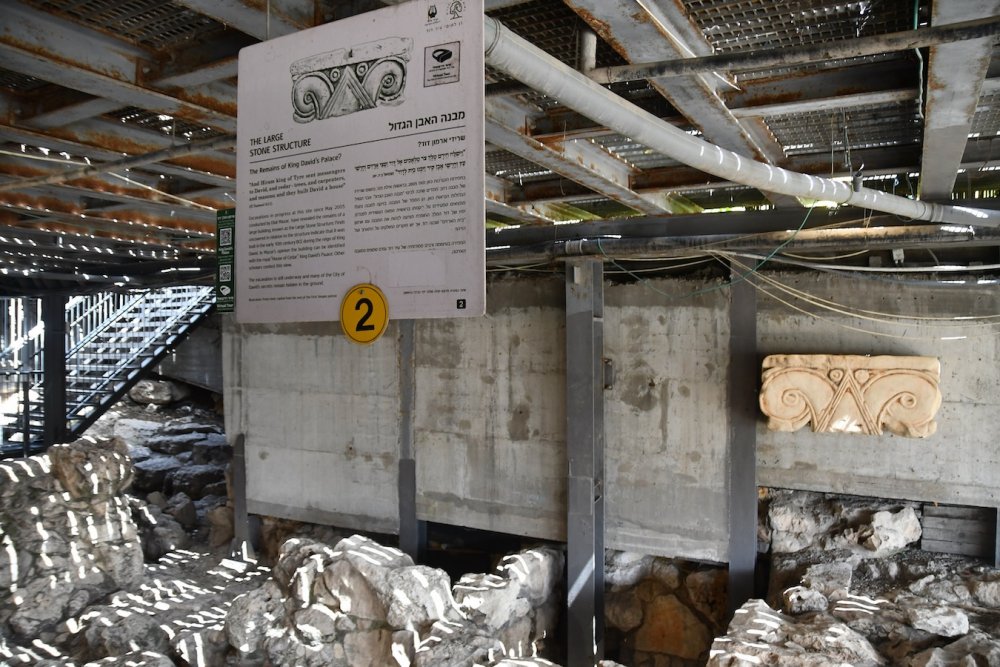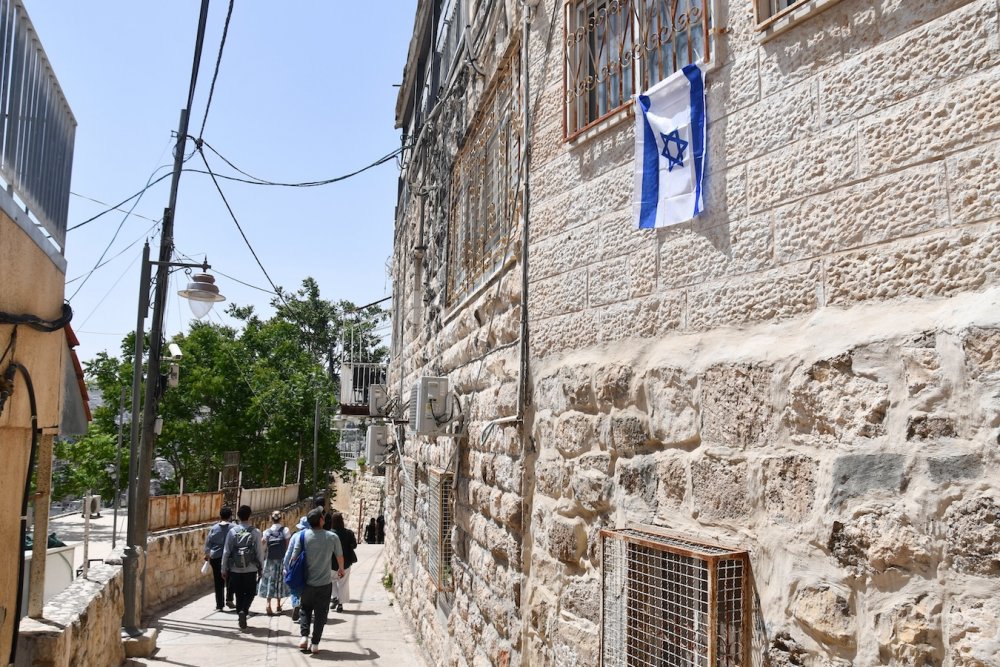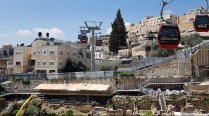On April 24, 2024, the Israeli NGOs Emek Shaveh and Ir Amim hosted a tour of Silwan, a Palestinian neighborhood in East Jerusalem. The tour explored the “known and unknown realities” and the “way in which the Israeli authorities support Israeli citizens in living in the area in their efforts to change the human and cultural landscape.”
Jerusalem Story correspondent Jessica Buxbaum went along on the tour and filed this report.
Right across from the Old City of Jerusalem’s southern walls sits an archaeological dig and information center. What appears to be an innocuous tourist site, however, is run by the notorious Israeli settler organization City of David Foundation, also known as Ir David.
In 2002, the Israel Nature and Parks Authority (INPA) authorized Elad, which is the Hebrew acronym for Ir David, to manage the City of David archaeological site. In Judaism, David is the revered king of the Israelites who conquered Jerusalem in 1004 BC.
“When you have the ability to determine what you’re going to be excavating, you also have an ability to determine the narrative, to decide how this place is going to be presented to the public,”1 said Talya Ezrahi, an external relations coordinator at Emek Shaveh.
In 1974, Israel declared Silwan and its environs as the Jerusalem Walls National Park.2 “Silwan is one of the only examples of a neighborhood located inside a national park, but being inside a national park has greatly restricted the neighborhood’s development, with residents needing permits for even something as basic as planting a tree,” Talya explained.




